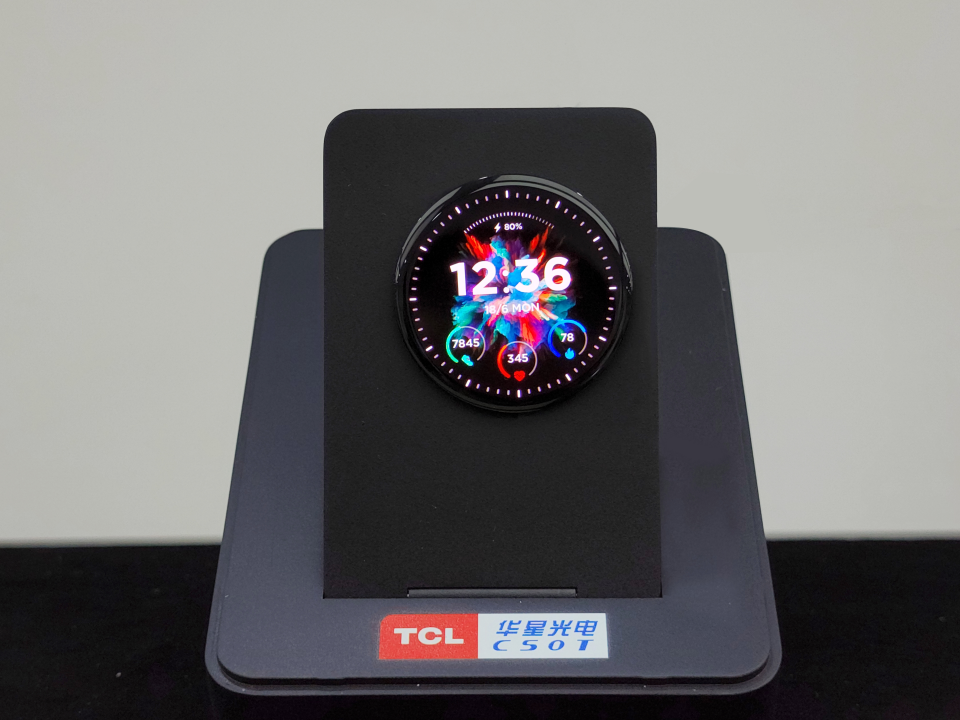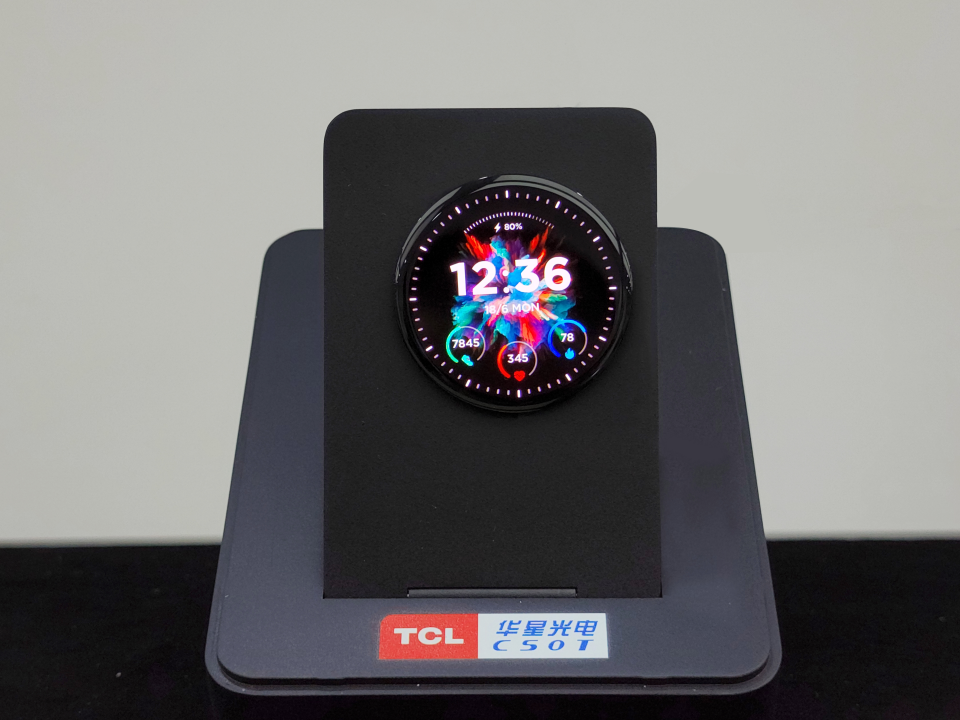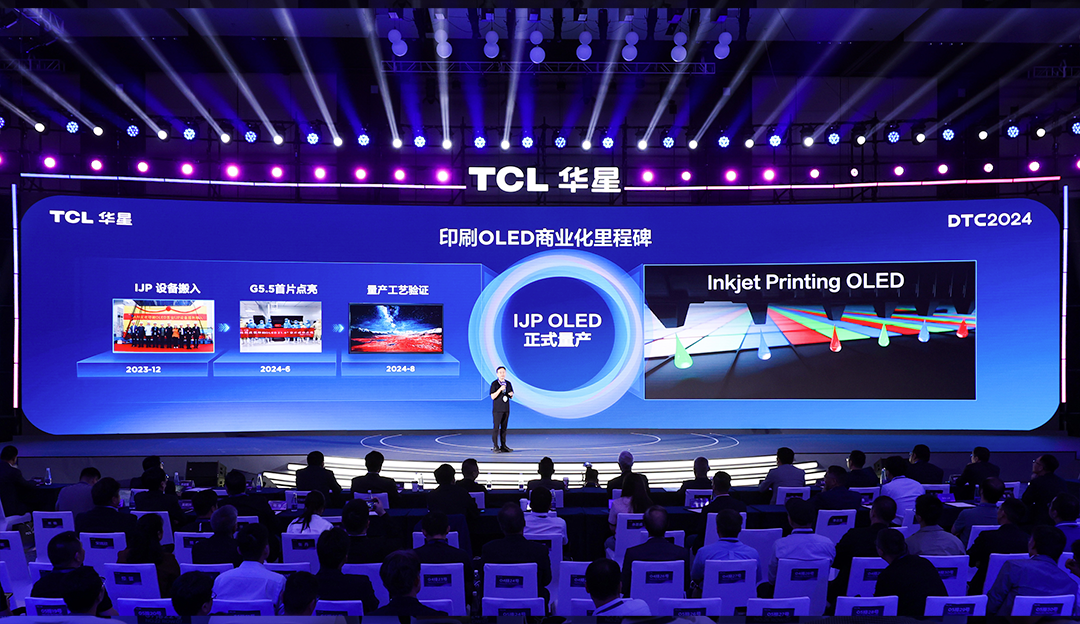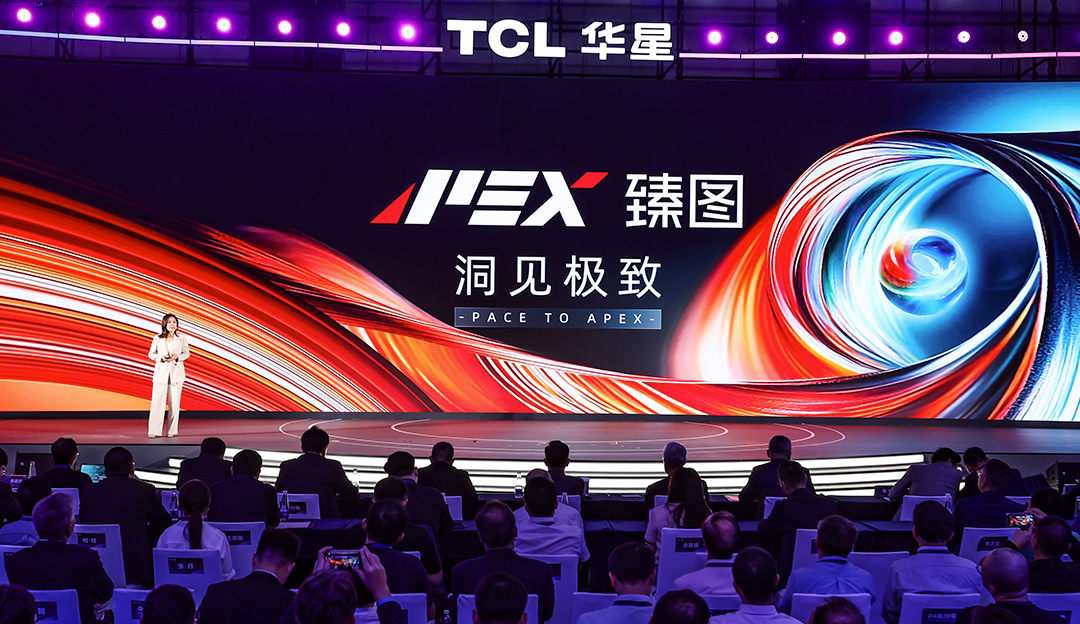Heavyweight! TCL CSOT released the world's first 0.016Hz ultra-low frequency OLED wearable device screen
In addition to a more high-end and fashionable appearance, intelligent wearable devices have become increasingly mature in technology. The screens are basically equipped with relatively high-end OLED display technology, which has revolutionized the contrast, integrated black performance, color gamut, response speed and visual angle compared with LCD by virtue of the organic display's self-luminous characteristics; Combined with LTPO, it can also achieve a low refresh rate of 0.1Hz and reduce the power consumption of the whole machine. On this basis, TCL CSOT launched the industry's lowest 0.016Hz (refresh once/minute) wearable display screen in the world, which can achieve low power consumption without stroboscopic, and can also achieve complete flicker free in strong light, thus reaching the strongest level of ultra-low frequency in the wearable field in the industry.
TCL CSOT launched the world's first ultra-low frequency OLED wearable technology, which has six powerful performances: ultra-low frequency without strobe, ultra-narrow frame, low power consumption, broadband free switching, TDDI (touch and display driver integration) and low-frequency color unchanged.

TCL CSOT ultra-low frequency round OLED wearable exhibits
With its unique driving mode, TCL CSOT can make the screen display at 0.016Hz ultra-low frequency without flicker in full gray scale; When the watch is in the constant light mode in the strong light environment, it can maintain the flicker free display effect, so that the watch can still display stably in the standby clock state, and at the same time, it supports one minute refreshing without feeling.
Through the industry leading technology of the world's narrowest border, the process of the narrow border is further optimized, which can achieve an ultra-narrow border with the top/left/right border of only 0.8mm and the bottom border of 1.2mm, making the display area larger and truly realizing the "full screen" display of the smart watch.

TCL CSOT ultra-low frequency square OLED wearable exhibits
With the help of ultra-low frequency, this display screen has been able to reach a new level in terms of reducing power consumption. This display screen not only uses LTPO technology to realize the refresh rate adaptation, and the high brush is also smooth. The excellent technology enables users to display the screen color without difference and distortion when switching the interface in the ultra-low frequency display. At the same time, without system intervention, it can automatically switch between 0.016Hz and 60Hz, and greatly improve the visual effect and save power. Compared with the current AOD 15Hz state, TCL CSOT ultra-low frequency 0.016Hz can further reduce the power consumption by 20%. Under multiple "buffs" such as terminal manufacturer system optimization, it can significantly extend the standby time of the watch in the always on mode.
TCL CSOT also leads the hardware industry, integrates TDDI technology into wearable products, optimizes the space structure, allows more space for terminal products to "stack", radiates greater product power, saves a lot of costs, and promotes the trend of high cost performance of smart watches.
As a leading enterprise in the semiconductor display field, TCL CSOT focuses on the new display technology track, has proposed a full size, full category and full form product platform strategic layout earlier, and has constantly promoted the product landing with its strong scientific research strength.
By combined with this technology, TCL CSOT has developed a round and square watch module, has mass production capacity in 1.36", 1.502" and 1.92", and can provide different needs of terminal manufacturers. Enough capacity reserves have been made, which will stimulate more capacity in the future and make sufficient preparations for the upcoming 100 billion levels smart wear market.


